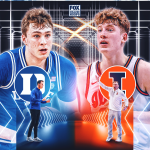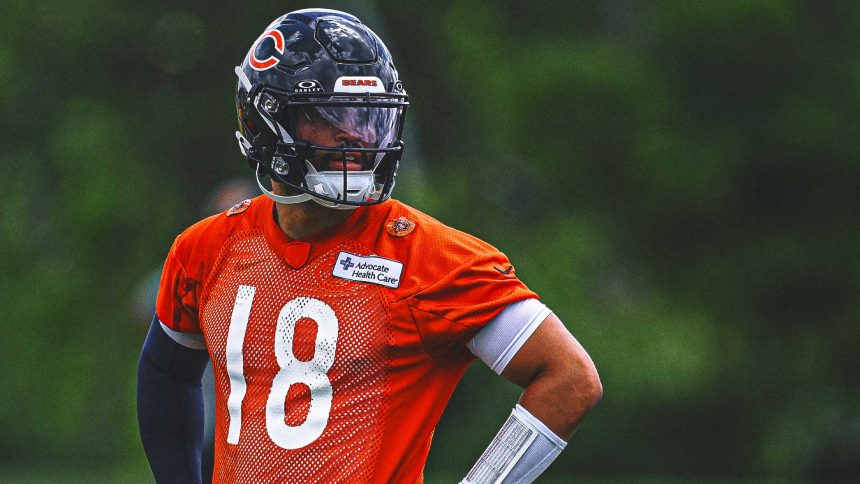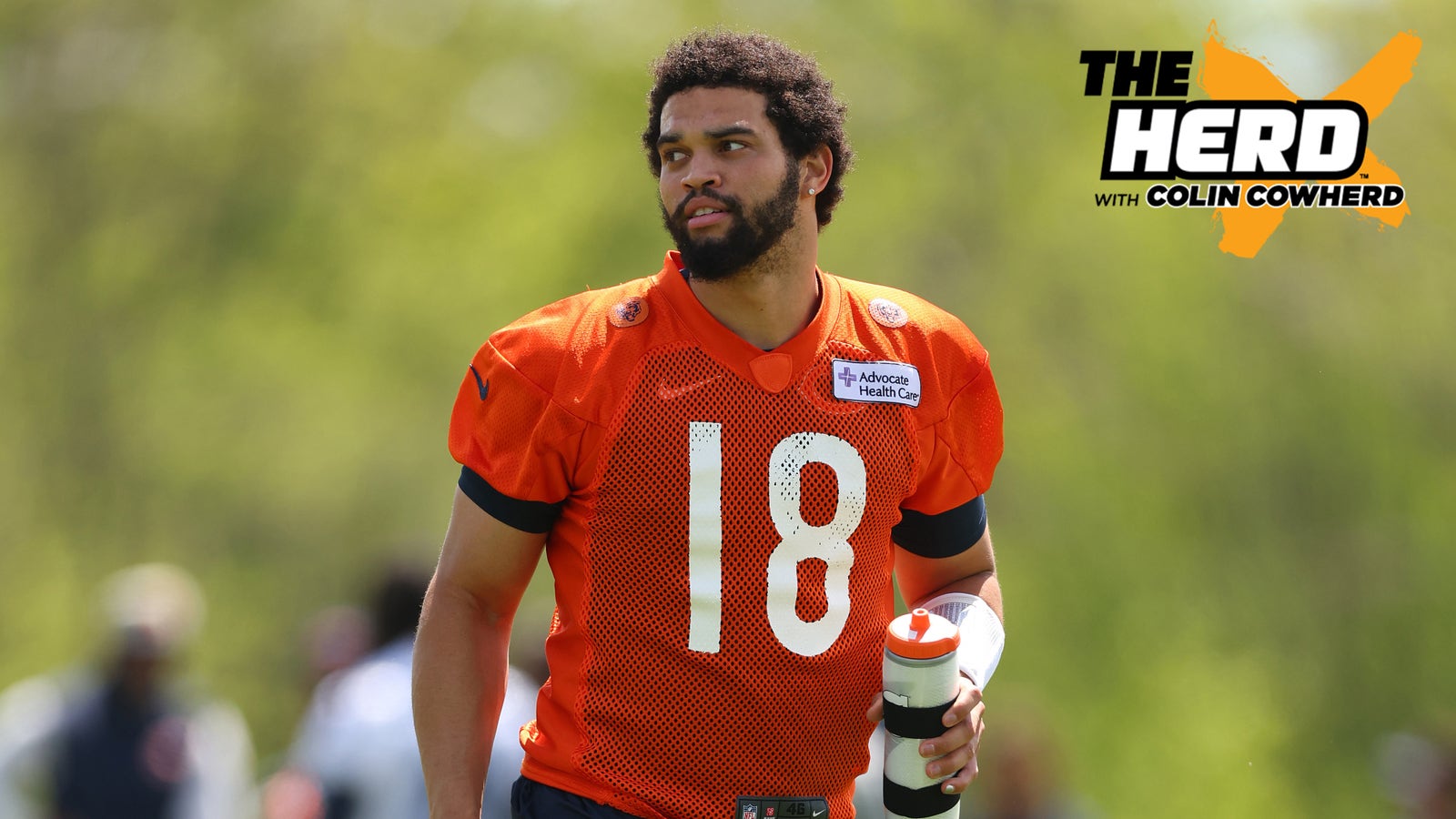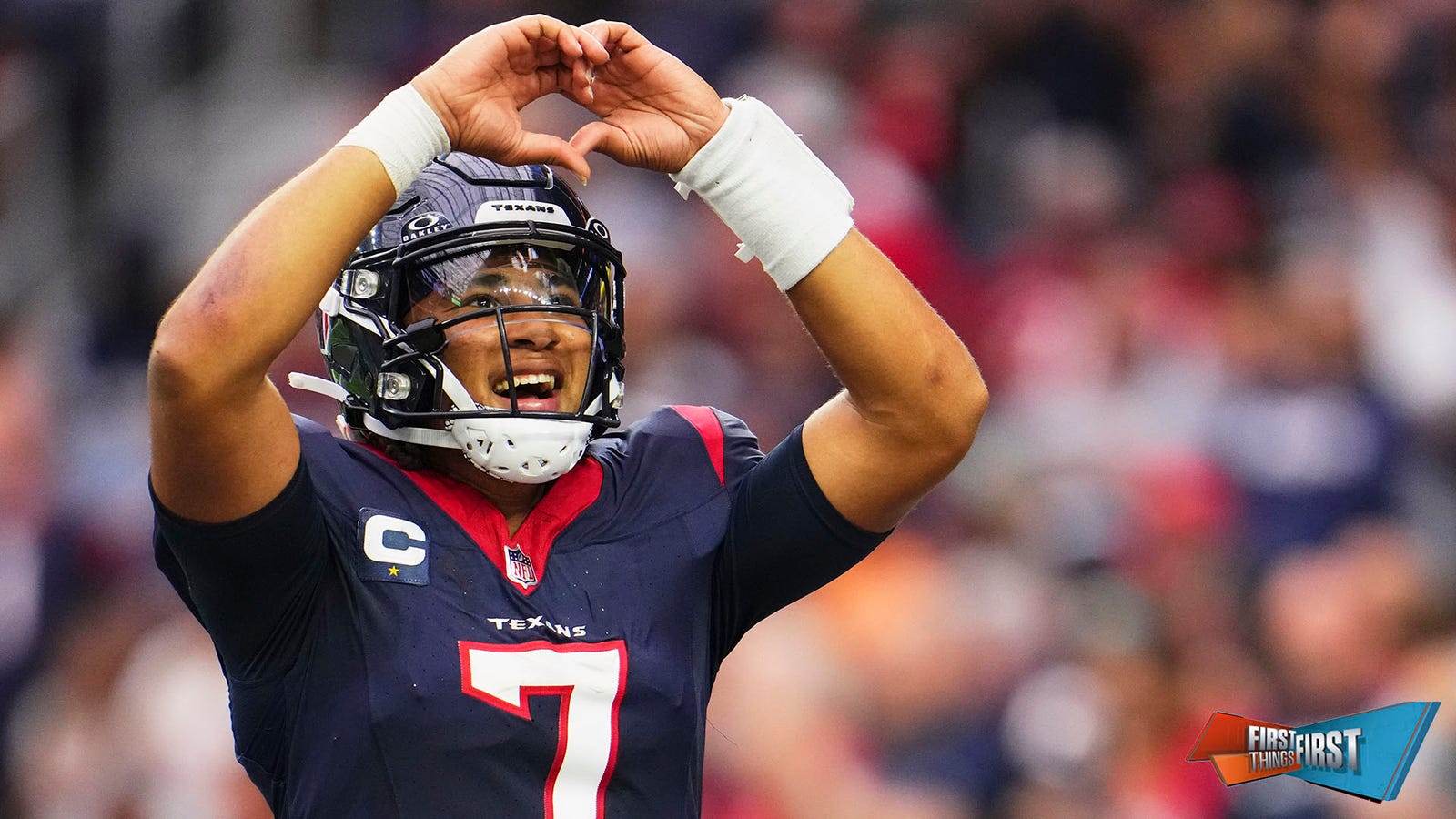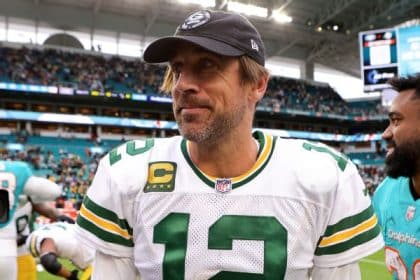Two things can be true: OTAs and mandatory minicamp can be vitally important for NFL teams.
But there can still be an overreaction.
We’re at the slow point of the NFL offseason where all there is to talk about is “practice” in T-shirts and shorts happening at facilities across the league. Reports come out about interceptions and mistakes, or even deep throws downfield and budding connections.
The Chicago Bears‘ fan base seems to be hanging on every tweet coming out of minicamp about their new quarterback, Caleb Williams.
ADVERTISEMENT
But in reality, there’s not a whole lot we as outsiders can glean from what happens during the offseason. It’s all meant for making mistakes, for coaches to get evaluations and then to take all that information into the actual season.
So what is “progress” for a quarterback during this period of the offseason? As the captain of the NFL engine, what are the expectations for a signal-caller from an overall standpoint? Why is the offseason so vitally important?
To get to the bottom of it, I enlisted the help of coaches around the league and asked them what is the most important thing a quarterback should get out of minicamp. Is it grasping the playbook? Chemistry with the offense? Decision-making?
The short answer is, all of the above.
–“Big picture, you can’t do any of the [things] mentioned without mastering the first,” one AFC quarterbacks coach told me.
–“And how the OC wants it called with the audibles,” added another NFC head coach.
–“OTAs is very important because that’s the start of it,” an NFC quarterbacks coach said. “All you’re doing is trying to see how they take it from the meeting room to the field. … There’s different ways in how people learn. This time of year, you’re learning your team, you’re learning your players, you’re learning your coaches, what people do well, what they don’t do well.”
OTAs and minicamp are basically one big information-gathering period to figure out what the team as a whole is going to look like. Players are routinely put in tougher situations or overloaded with information to see how they either retain information or learn from mistakes. It’s one of the only ways to measure progress.
“Basically, you’re trying to get an identity,” said the NFC quarterbacks coach. “What are we good at? What do certain players do well? Then based on everything, if you’re a great coach, I think you put them in advantageous situations and say, ‘OK, this is going to be our offense based on what our players can do,’ not the other way around.”
OTAs gives you that evaluation so that when training camp rolls around in late July, the team can focus on repping what is going to end up being its offense.
If you’ve ever seen an NFL playbook, you know it seems like a daunting task — even at this stage. But that’s why you start installing the basic scheme during this portion of the offseason. It’s usually more “vanilla” or basic at first. The focus, especially for rookie quarterbacks like Williams for example, is just getting the base concepts down. Each coordinator’s scheme has core concepts that are usually pretty elementary and then they build from there.
That’s the case with Bears offensive coordinator Shane Waldron’s offense.
Once players get the basic stuff down, then they’ll get into shifts, motions, trick plays, and the like.
Before they even get to the passing concepts as a quarterback, it usually all starts with the run game.
“It depends on what kind of run scheme you have, but you may start with mid-zone, then go to tight-zone, then go gaps,” said the NFC quarterbacks coach. “Then you might have your miscellaneous runs, your jet sweeps and things like that. Then you go to protections. From there, pass concepts: three-step, quick game, five-step drop, seven-step drop. Then you go red-zone concepts.”
You’ll also need to go back to those audibles or “cans” as they’re referred to in meeting rooms and knowing which ones to deploy against various fronts and blitzes.
Players do this through a rigorous schedule of classroom-like meetings, walk-throughs and on-field practice.
In the case of Williams, a lot of emphasis has been placed on something most fans take for granted (but shouldn’t): the cadence.
It’s one of the things that can vary drastically from college to the pros. Williams hasn’t had to rely on a verbal cadence since he was in high school, from what he told reporters on Thursday.
“Just finding the green line is right in the middle of where we need it so everybody can be on the same page,” Williams said. “That’s the biggest thing, so that the center can hear me, the right tackle, left tackle, right guard, the back, left guard, wide receiver, everybody can hear me. It’s just finding the balance between it all, not being too loud on certain plays and things like that, not being voiced too low. Just working. Practice-wise, just working through it. Obviously, in college, a lot of teams are clapping cadence. You know, it’s been four years since I’ve been verbal, so just getting back to the verbal cadence is really what it is.”
The good news is, Williams feels he’s progressed on said cadence throughout this offseason program and during the Bears’ mandatory minicamp this week. And though there have been some errant throws, Williams is always in his coaches’ ears and getting feedback.
“First, I ask questions,” he said Thursday. “I ask questions to coach, I ask about my progression, I asked where he wants me to be, where I should be, and then, obviously, I have my own my own goals set for myself.
“I feel that, progression-wise, going through all the reads, throwing a little bit better with anticipation, getting more reps with the wide receivers, that obviously helps. With all the reps that we’ve been able to get and obtain, it’s been huge. Just like today, I feel like, progression-wise, being able to throw a little bit more with anticipation was a little, small step for me.”
Added Bears head coach Matt Eberflus: “That’s a learning experience in the process that a young quarterback has to go through. When his feet are timed up, when can he make those throws, and when can’t he make those throws? That’s just experimentation. We’re just doing a really good job of getting the experience, getting him the exposure, let him experiment with his arm talent and the receivers that he has. Then, eventually, player development happens, and evolution of a quarterback happens. That’s the process that we have to go through and that’s what we’re doing right now.”
That’s good news for Chicago. It seems like their quarterback is getting exactly what he needs to out of the offseason and should be ready to go in a few short weeks, when even more eyes will be on the Bears across the league.
Carmen Vitali covers the NFC North for FOX Sports. Carmen had previous stops with The Draft Network and the Tampa Bay Buccaneers. She spent six seasons with the Bucs, including 2020, which added the title of Super Bowl Champion (and boat-parade participant) to her résumé. You can follow Carmen on Twitter at @CarmieV.
recommended
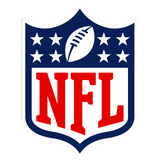
Get more from National Football League Follow your favorites to get information about games, news and more

